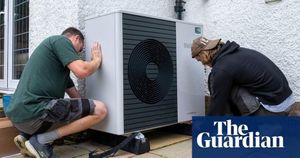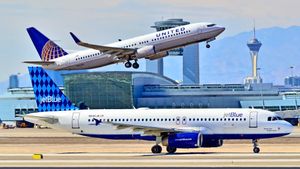New York City has officially rolled out its new congestion pricing plan aimed at reducing the ever-growing traffic congestion and pollution within its iconic streets. Starting January 5, 2025, motorists entering Manhattan below 60th Street are now required to pay up to $9. This initiative is not only expected to ease the notoriously jammed roadways but also aims to raise funds for the city’s public transportation systems.
The congestion pricing program has become the center of heated discussions among city officials, environmentalists, and residents alike, raising both hopes and concerns about its long-term impacts. The plan is strategically crafted to alleviate traffic by charging those who contribute to it the most—drivers. According to officials, the funds generated will be directed toward enhancing mass transit options, making it less necessary for residents to rely on personal vehicles.
Despite the optimistic outlook, there are local activists who argue the program could exacerbate pollution problems, particularly for communities already grappling with poor air quality, such as the South Bronx. Mychal Johnson, co-founder of South Bronx Unite, articulated the fears prevalent among many locals: “You want to reduce congestion, please do it here, do it where we’re breathing toxic air.” This sentiment reflects broader apprehensions concerning the potential for increased traffic as drivers seek to avoid the toll by detouring through lower-cost areas.
Preliminary data from INRIX, a transportation analytics firm, supports these concerns. Reports indicate there was approximately a 9 percent increase in travel times on major highways and expressways within the Bronx during the first two weeks following the toll's implementation, when contrasted with the same period from the year prior. The statistics suggest more congestion rather than less, posing questions about the effectiveness of the pricing plan.
Responding to criticisms, the M.T.A. maintains it is making substantial investments to counter any adverse effects stemming from added truck traffic potentially resulting from the program. “We’re making the big investments... to offset any hypothetical impact from truck traffic in the Bronx,” said Janno Lieber, M.T.A.'s Chief Executive, during recent discussions on local radio shows. The agency intends to address shortcomings highlighted by community members, especially those related to health and well-being.
Legal challenges have also emerged concerning the program's implementation; New Jersey is contesting the environmental assessments associated with New York's toll plan, arguing they inadequately address how the pricing will impact its neighboring communities. Although the court has declined to halt the program, it requested additional details from federal officials. Experts suggest it may take time to accurately measure the congestion pricing’s impacts on air quality and traffic levels. Holger Eisl, professor of environmental science, emphasized, “From a scientific viewpoint, we need at least one year of data,” indicating the complexity of dissecting the outcomes of such initiatives.
Data analysts clarify the need for careful monitoring of traffic patterns, air quality, and weather conditions to fully grasp the causative factors at play. Although the infrastructure changes brought about by congestion pricing are welcomed by some, for residents battling negative air quality impacts from heavy traffic, the urgency of immediate rectification measures is palpable. Johnson underscored this frustration: “If they know this problem is already pre-existing here, mitigation after the fact is not helpful.”
Meanwhile, the M.T.A. has reportedly allocated over $71 million toward various mitigation efforts, which aims at addressing the environmental concerns raised by residents. Plans include establishing new asthma centers, enhancing air filtration systems within schools, as well as introducing cleaner vehicles to mitigate particulate emissions from diesel trucks, which contribute significantly to health issues such as asthma.
With the congestion pricing program still early in its execution, New Yorkers are left anxiously awaiting results from comprehensive analysis set to emerge over the following years. For now, citizens find themselves at the crossroads of environmental consciousness and the harsh realities of urban life.



